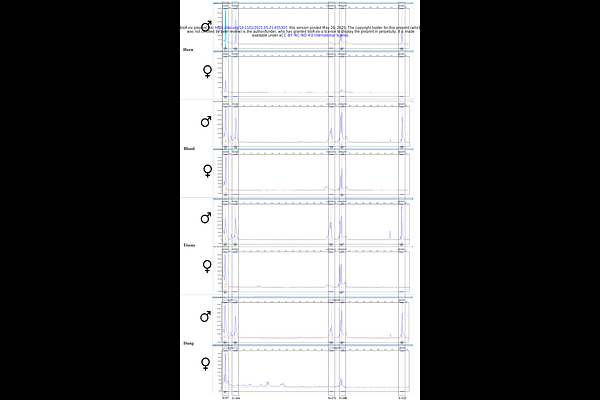A novel molecular sexing method for Greater One-horned Rhinoceros (Rhinoceros unicornis) for reliable demographic assessments

A novel molecular sexing method for Greater One-horned Rhinoceros (Rhinoceros unicornis) for reliable demographic assessments
Kumar, S.; Ghosh, T.; Sharma, A.; Mondol, S.
AbstractAccurate assessment of demographic parameters is crucial for conserving endangered species. The Greater One-horned Rhinoceros (Rhinoceros unicornis), a sexually monomorphic species, lacks a validated molecular sexing protocol for diverse biological samples. This study established a multi-marker molecular sexing protocol using blood, tissue, horn, and dung samples from all wild populations in India. The optimized multiplex strategy that involves three sex-linked markers: ZF, AMESC, and TSRY, enabled simultaneous amplification of X- and Y-chromosome-specific fragments in degraded samples. Testing with 286 individual rhino samples from seven parks (5 blood, 180 tissue, seven horn, and 94 dung) led to a ~92% (195 M: 69 F) success rate. Overall, this approach validates a molecular sexing protocol with increased reliability and fewer amplification failures, facilitating large-scale demographic studies. Future research should utilize this method to examine the sex ratio of all existing Indian rhino populations across their range, ensuring their future persistence and management.